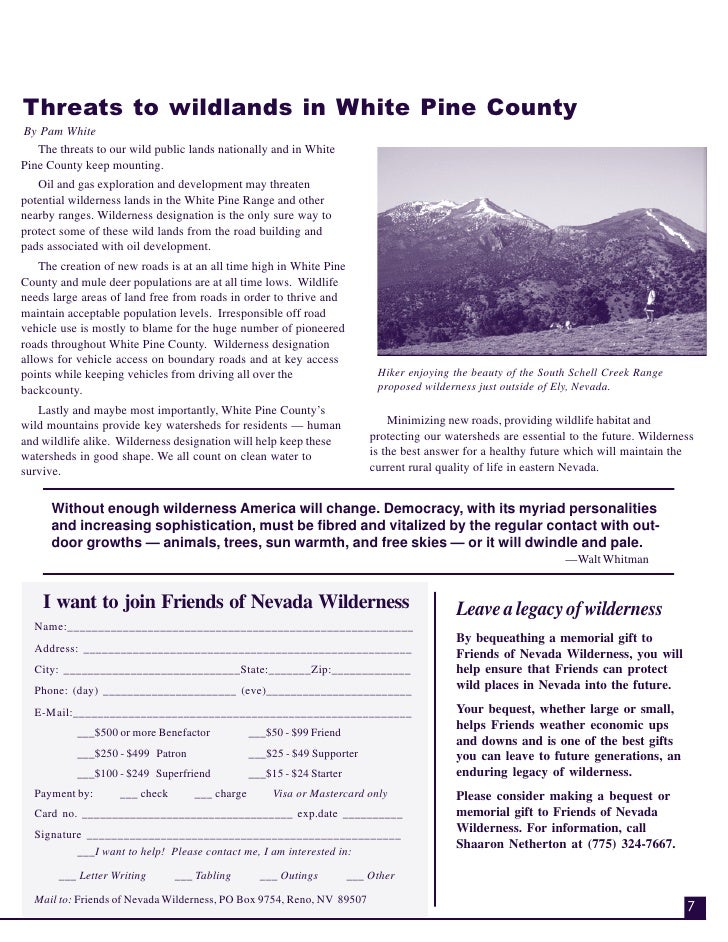
Clare and south Galway called it scuaib, while in Ulster it was known as camán, later Anglicised as ‘commons.’ However, the game had different rules and even different names depending on which part of the country you were in.

The game was banned by the Normans in the 12 th century but survived illegally nonetheless: one 17th-century account tells of ferocious hurling matches played on pitches that were 300 yards long. Compensation for hurling injuries was written into the statutes of the Celts’ own legal system, known as Brehon Law. The first recorded mention of hurling dates to 1272 BC, when one of Ireland’s earliest inhabitants, the pre-Celtic Fir Bolg, took on the supernatural Tuatha dé Danann (“tribe of the Gods”) with hurls and won.Ĭú Chulainn, the hero of one of the most important works of early Irish literature, the Táin Bo Cuailgne, was a renowned hurler who once killed a fierce guard dog by striking a sliotar down his throat from a great distance. Hurling is one of the world’s oldest field games, having been played in one form or another for at least 3000 years. It’s a ball-and-stick game, but faster and much more physical.

Ribeiro A (brief) hurling explainer: Things to know before you watchĪt its best – that is, played by players who are good at it in front of large, appreciative crowds – hurling is like hockey on steroids. Hurling has existed in Ireland in some form or another for millennia © Shutterstock / D.


 0 kommentar(er)
0 kommentar(er)
